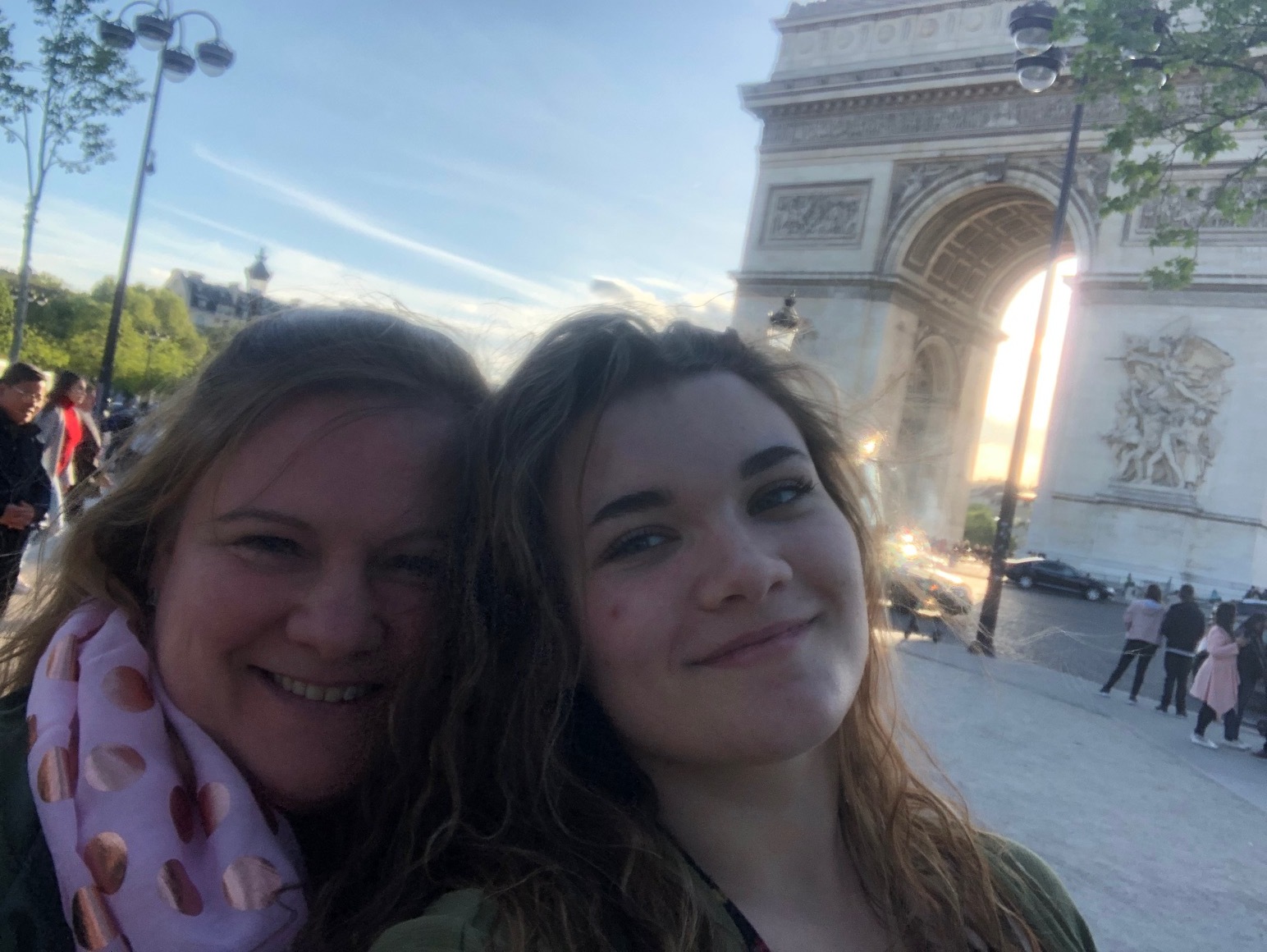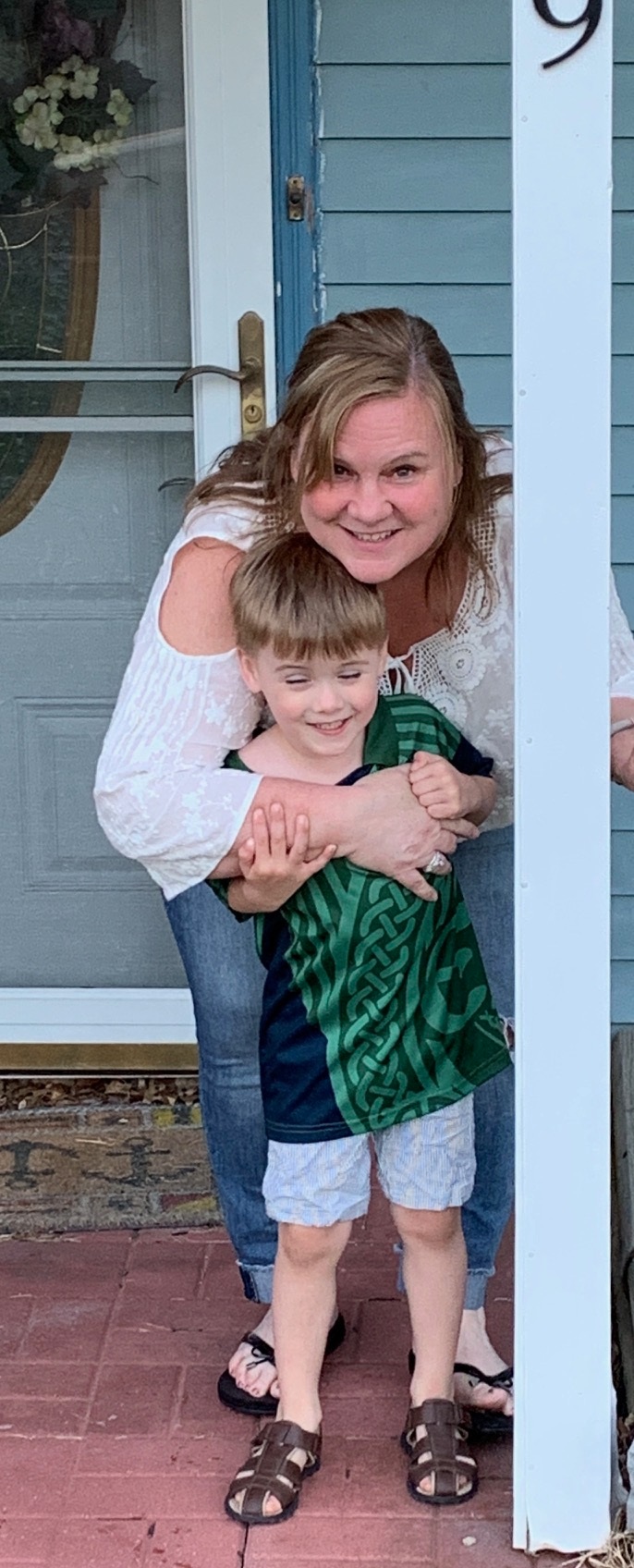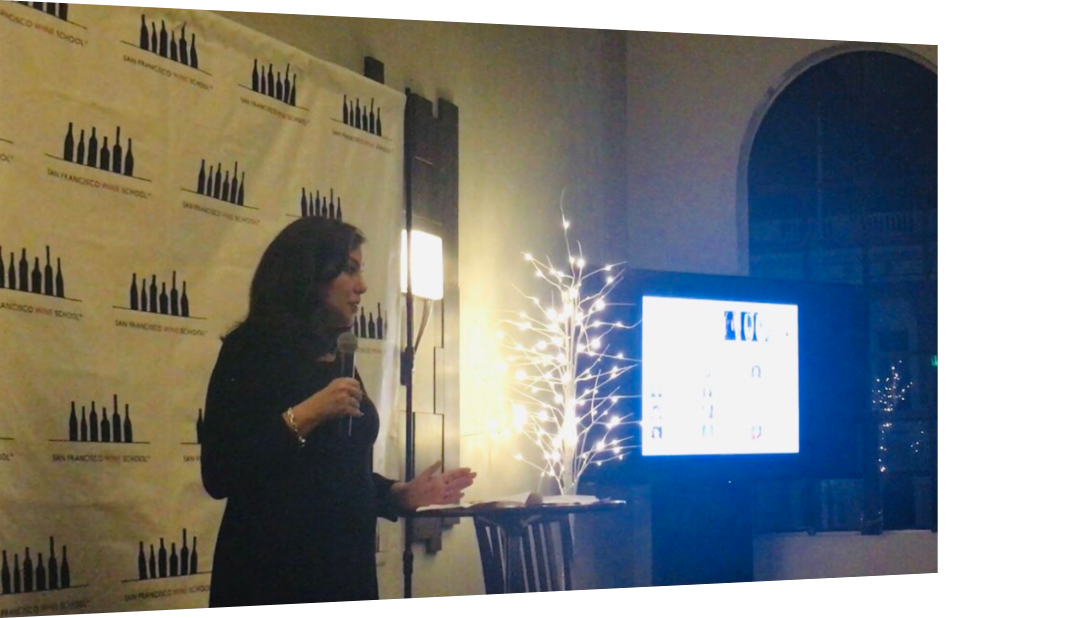FOR MANY WOMEN, the word, “negotiation” summons up images of something formal and structured: world leaders trying to end a regional conflict, corporate boards agreeing to the details of a severance package with a departing CEO, someone in a procurement office working out the terms of a contract with a supplier, lawyers winning at all costs, in trial. They may also think of hardball tactics: such as those times when a lawyer feigns anger to intimidate the other side, snapping a briefcase shut and perhaps walking out of the meeting.
Many see negotiation as a form of combat, a competitive, often hostile interaction in which each side tries to beat the other or wear them down into submission. In TV movies, ruthless characters shake their fists and threaten their rivals. On the evening news, labor leaders and management representatives deliver ultimatums. Foreign diplomats sit silently, unmoving behind long tables. No wonder so many women avoid negotiating.
Everything about that type of win-lose bargaining seems unpleasant, and women are smart enough to know not to behave in this way with someone with whom we have an ongoing relationship. Fortunate for us, principled – rather than positional -- negotiation rarely takes place under such circumstances. It’s least effective when conducted as a battle or a contest, and in most cases zero-sum games can be avoided. Negotiation is not exclusive to lawyers, labor leaders and diplomats, and it’s not an advanced skill used only for business in the boardroom. The ability to engage in principled negotiation is not a gift we are born with or a rare talent. Put simply, negotiation is a tool that works to change the status quo when more than one decision maker is involved. Changing the status quo can mean relating to your current client that you now bill at $900/hour instead of $800/hour. Negotiating can even mean asking your managing partner for a transfer to a different office so you can follow your partner to his or her new job.
The minor negotiations involve the same steps as the major ones, and in all cases employing hardball, win-lose tactics are usually the worst way to get the results. The most successful negotiations result in both parties feeling good about the exchange. These negotiations are the ones where both parties reach agreements that benefit both sides without strong-arm tactics at play or raising their voices. Instead, both parties, start with finding common ground, ask a lot of questions, listen carefully, share information, and try to understand both points of view. They enjoy the challenge of finding ways to satisfy each other’s interests and try to weave a solution that leaves no one feeling angry or disappointed.
Taking this approach to negotiating is probably something you already do every day. You talk to your managing partner about promoting an associate to partner because she is great at asking powerful questions that reveal meaningful information then framing the narrative around it -- and the clients love that. You discuss with a client how to add value to the relationship through in-house training, sitting in on shareholder calls, offering CLEs, using technology that streamlines the legal operations processes, saving time (which translates to saving the client money in a billable hour world). Another example of negotiations you regularly do might be that you ask a colleague to help out on a challenging case. You even work out a plan with your siblings to celebrate your father’s eightieth birthday.
Asking questions, revealing new information, validating what you may already know, and working things out are all steps in negotiating, and they’re all skills that many women already possess. Every negotiation also takes place within a relationship, a relationship in which each party has something of value to offer. Negotiating well involves understanding the nature of the relationship between you and the other party and accurately estimating the value on each side—what you both “bring to the table.” It usually takes some research to obtain this information (research such as a client needs assessment or client interview, if you will) but if you learn a few basic principles, plan carefully, and practice, you can become an effective negotiator pretty quickly.
Preparing for Opening Night
There are many tools on the market, likely in your firm already, that can assist in every client negotiation, attracting new business and expanding current client relationships. You must engage in researching the client beforehand. It is quite a mistake to simply go armed with a PowerPoint all about your pedigree and your firm’s rankings. Instead, ask open-ended questions using - How, What, Why? Listen more than talk. According to the ACC Value Challenge, you should listen 85% of the time and spend 15% of the time asking questions or follow-up questions and re-phrasing the client’s responses.
Learning Your Lines
Here are some examples:
In talking to my clients in your industry, I'm struck by a couple of particular issues with which they are grappling. These include: [give examples]. How would these resonate with you and your management?
How is your organization reacting to ___________? (a recent, important development in this client's industry or function)
How are you handling _________? (new competition, low-cost imports, a new regulatory framework, etc.)
Is there is a particular competitor you admire and why?
Can you tell me what your biggest priorities are for this year?
What are your most significant opportunities for growth over the next several years?
What exactly do you mean when you say _______________? (“risk-averse,” “dysfunctional,” “challenging,” etc.)
The foundation for a meaningful client negotiation is built through your preparation in advance of the client meeting. Outside of a company’s website and their annual reports, using tools, such as the following, will ease any anxiety you may otherwise have:
Monitor Suite - An easy-to-use business development service that aggregates legal information, sophisticated functionality, real-time filtering, company data and docket coverage into one intuitive platform.
Lex Machina - A legal analytics platform that initially covered Intellectual Property, but has since expanded to other practice areas. It mines data about judges, lawyers, parties and patents to inform lawyers’ litigation strategy.
Manzama - An intelligence tool, a search engine that allows each user to create a personalized profile to stay up to date with what matters to them, simplifying the process of finding powerful insights efficiently. Manzama searches a broad range of business and legal news sources, and can integrate a firm’s proprietary subscriptions.
ALM Legal Intelligence - ALM Legal Intelligence offers detailed business information and competitive intelligence about the legal industry to top U.S. and international law firms and their clients. ALM Legal Intelligence survey results are featured in American Lawyer Daily, another ALM publication.
Setting the Stage
Once you know what you want, negotiate to get it. You need to do some preliminary research: How much are you worth and why? How much bargaining power do you really have? And how do things stand on the client’s side of the table? Numerous external factors may influence the course of your negotiation, such as your employer’s financial stability or strategic plans, or your firm’s system for evaluating your work. The more you can learn about the context within which you’ll be making your ask and the personalities of the players, the better off you’ll be, improving your negotiating position and arguing persuasively for your point of view. The first step is to identify any relevant relationship factors that may influence the outcome -- assessing the environment.
Show Time
You wouldn’t want to negotiate the same way with your partner as you would with a client. To gauge your situation accurately, ask yourself: The number of parties is the number of “sides” in the negotiation. The situation becomes more complex if others join the negotiation. The complexity comes not simply from the fact that each of you may bring different goals to the negotiation but also from the fact that certain parties may form coalitions or alliances in order to increase leverage at the negotiating table. The same is true in more small-scale negotiations. If you are negotiating your rates with the client and the client says their goal is to lower legal expenses, in no way must this mean discounting your rate.
What’s the Nature of Your Relationship? Think of the relationship dimension of negotiations as a continuum. Most client negotiations take place with someone whom you can expect to see again, someone with whom you have a continuing relationship. The nature of your trusted advisor relationship with that existing client will have a huge impact because it will determine the amount of information you have about the other side, the level of trust you share, and the potential for a continued partnership with the client. In addition, the outcome of that negotiation will influence your future interactions. It may enhance or damage your reputation, and can potentially set a precedent for later engagements with this client.
Take a Bow
The organizational culture that pervades today’s law firms promotes practitioner behavior. The transition from a practice of law to a business of law remains critical for the life of law firms today. Negotiating long-term trusted advisor relationships rather than pushing your legal services matter-to-matter and relying on random acts of marketing, will pay off in the long run – for you and your client. Engaging in deep and meaningful research and fair and principled negotiations rather than simply the traditional marketing mix, will ensure the client can relate to you, know, like and trust you – and agree that negotiating with you in as much in their best interests as it is in yours. Without a client-centric negotiations, relying on effective communication practices, firms will lose clients, firms will lose natural rainmakers, and firms will ultimately lose market share.
A Star is Born
Evolutionary change will and should continue, and lawyers practicing principled negotiations will have a far greater impact ensuring long-term client relationships and more business for the firm by becoming the trusted advisors. It is with the help of these negotiation practices and research tools that firms will be able to make the transition from a practice of law to a business of law. Business of law management practices will result in greater results, attracting new business and expanding client relationships.
Article originally published on California Lawyers Association website.

























